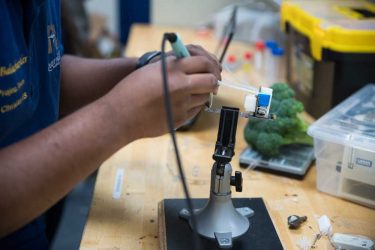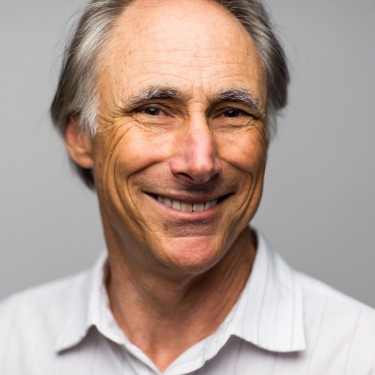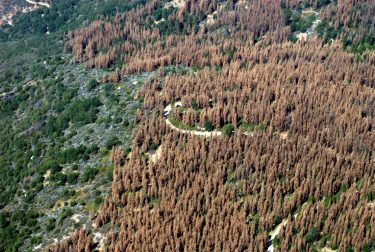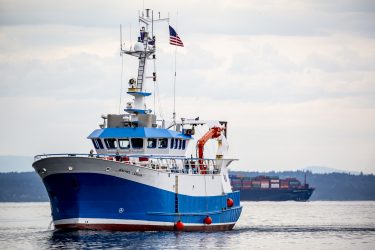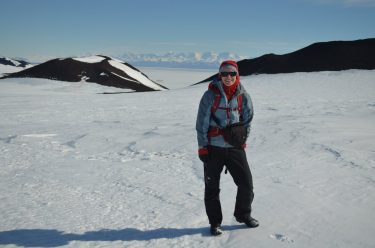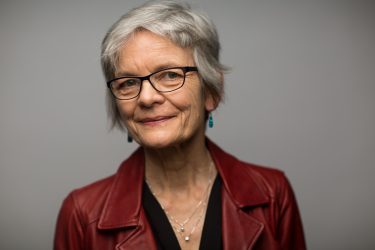
As Dean, this is the joyous time of year when we honor the achievements of our faculty, staff and students and confer degrees on our proud graduates. And then, as this season of ceremonies, champagne and cupcakes winds down, I will pause to take stock of our progress on our most important priorities. Here’s what’s weighing on my mind.
Throughout higher education, marginalized scholars continue to experience microaggressions and discrimination at all stages of their academic paths, from student to job candidate to faculty member. The UW and the College are not exceptions.
In reflecting on this, I want to acknowledge that anything I write here has been said before, and better, by people of color in higher education.
I know that I am part of a larger UW leadership that is committed to equity and inclusion. I also know that the lived experience of our community members shows we have a very long way to go. We are moving at a glacial pace despite the fact that the urgency is real and should be felt by every member of our community, particularly those who are in positions to change systems—people like myself who are administrators and/or tenured faculty members. With each passing year the stakes are higher and the toll is greater.
Consider the inequitable burdens of intellectual and emotional labor placed on marginalized and underrepresented members of our community. Some examples come to my mind:
- People of color: expectations around recruiting other people of color, serving on diversity committees, being viewed as speaking ‘on behalf of’ entire racial groups, carrying the trust and pain of students of color, the toll of constant code-switching
- White women and women of color: fewer opportunities for professional growth and advancement, incidents of harassment and assault, feeling of being alone and having one’s career jeopardized by speaking out
- Marginalized scholars: too often they find themselves in a double bind. We congratulate ourselves as we recruit a more diverse faculty while loading a heavy and often conflicting set of expectations on these scholars. Of course, we expect they will be engaged colleagues, but what happens when the engagement is labeled as “too much activism,” taking time away from doing “real” academic work? What message, in turn, does that send to students—our future faculty and staff members—who share similar experiences and backgrounds?
This inequitable labor can make it possible for administrators to avoid holding themselves and institutions accountable for real systemic transformation.
Incoming generations of students will be majority people of color. Even our College’s traditionally white, male-dominated fields will see more and more white women and people of color. I fully imagine that our programs will embrace these shifts and we will be champions for diverse ways of learning and knowing, which will strengthen our work and expand possibilities for discovery. However, we aren’t fully there yet; we are still too near the start for me to see the finish line.
We’re in this together. I thank the College Diversity Committee for their work this year in prioritizing actions that reflect our Culture Study as well as their own experiences. We will be acting on these priorities while keeping an eye on emerging challenges and opportunities. Our earth science colleagues can point to times and places where glacial change has accelerated, reshaping landscapes in its wake. That’s what I look forward to, knowing that to do this we must all move forward together. Participating in this work isn’t optional.
Lisa J. Graumlich
Dean, College of the Environment
Mary Laird Wood Professor





